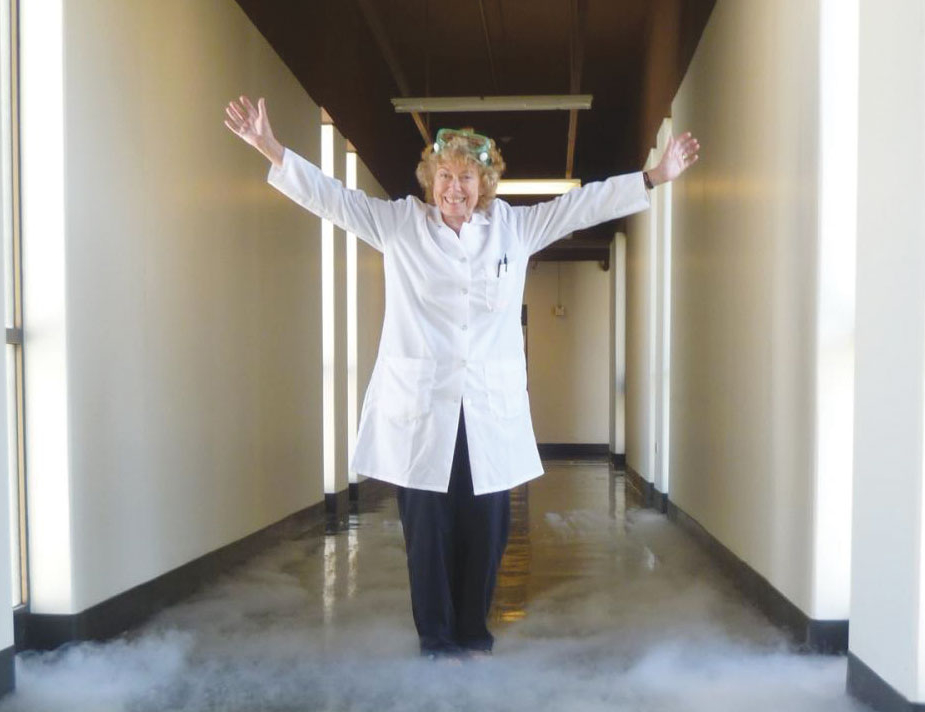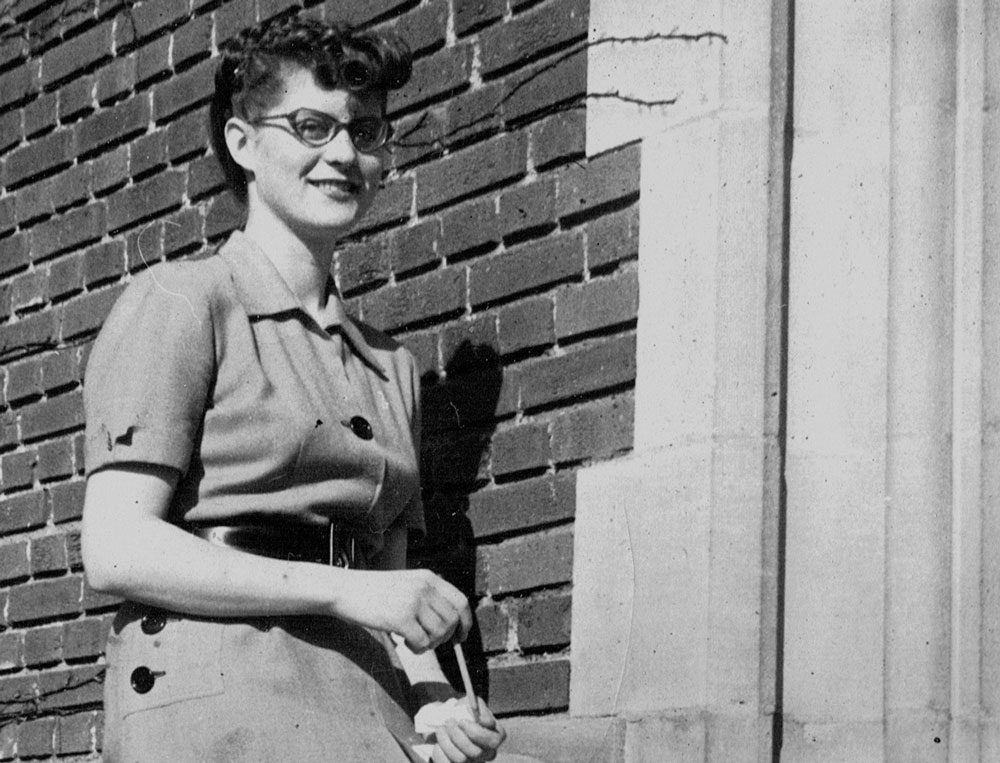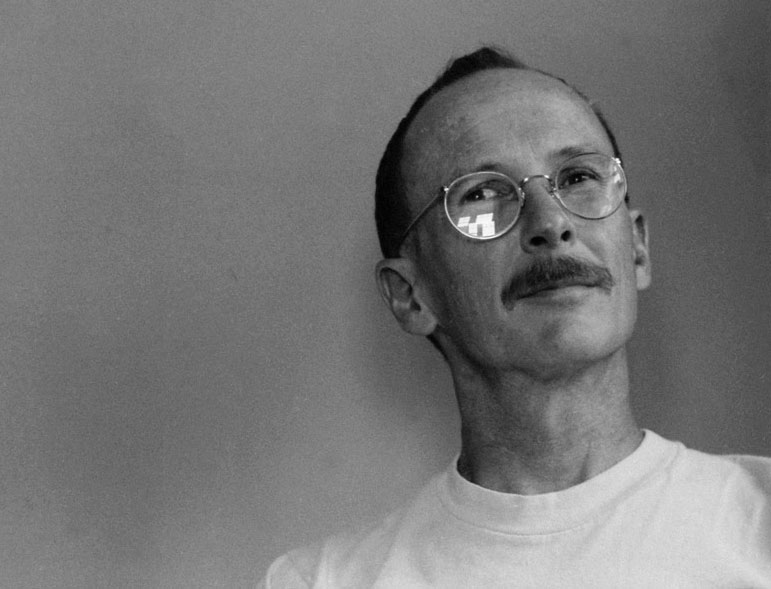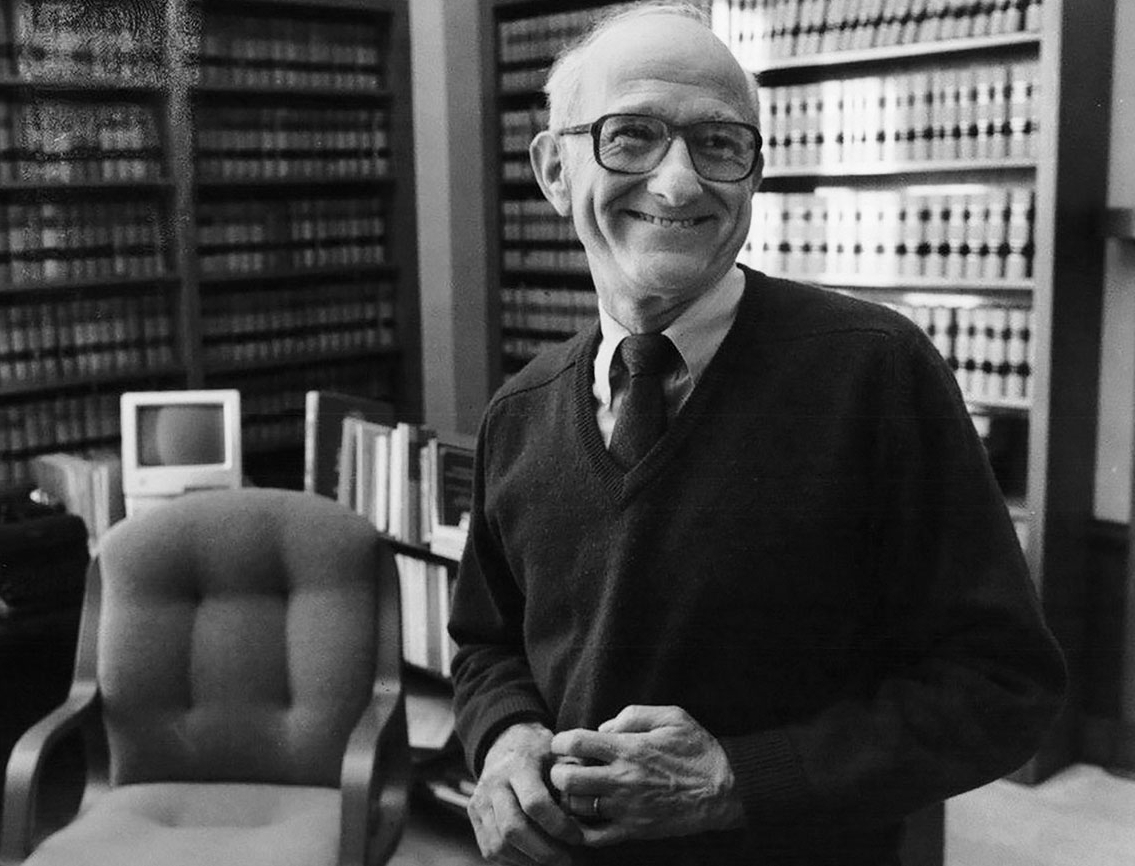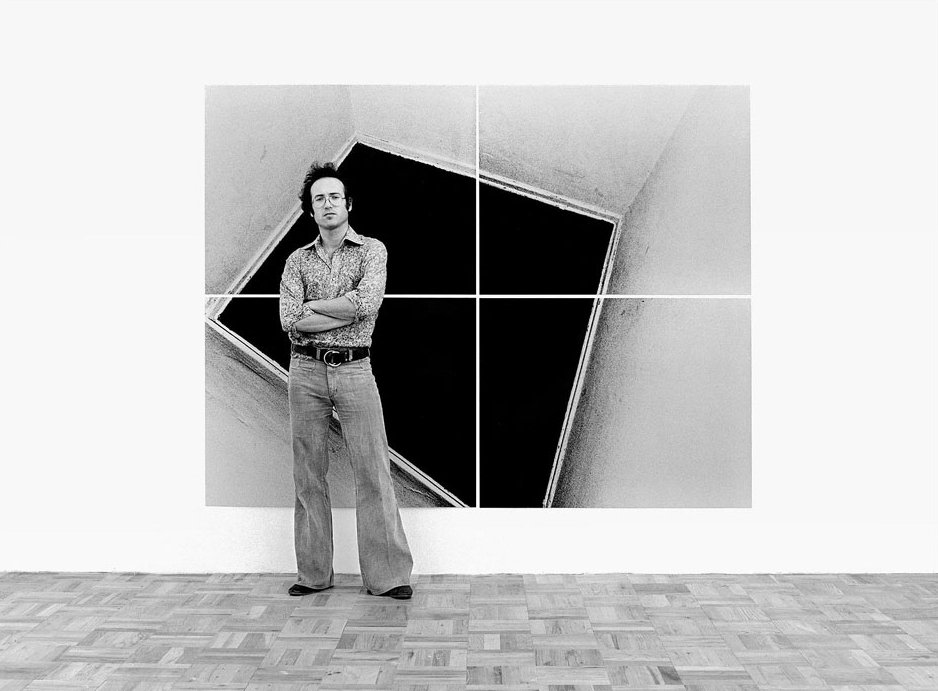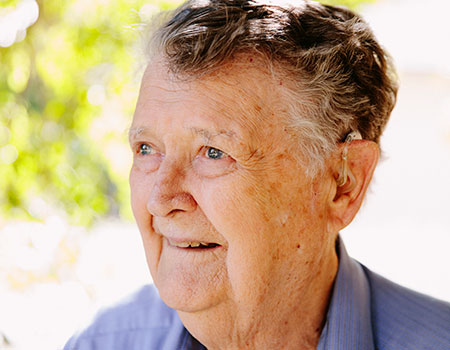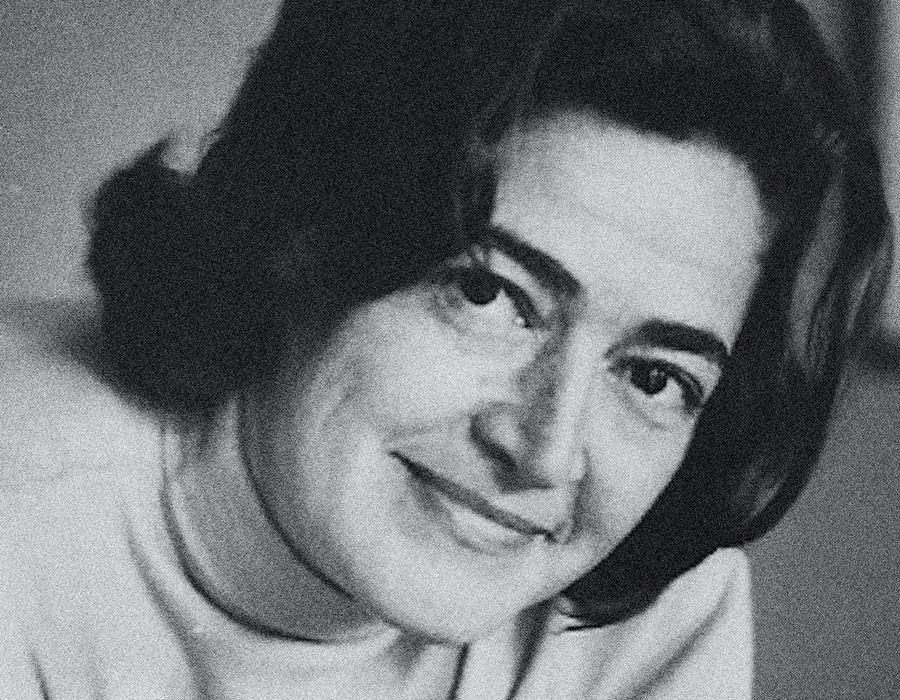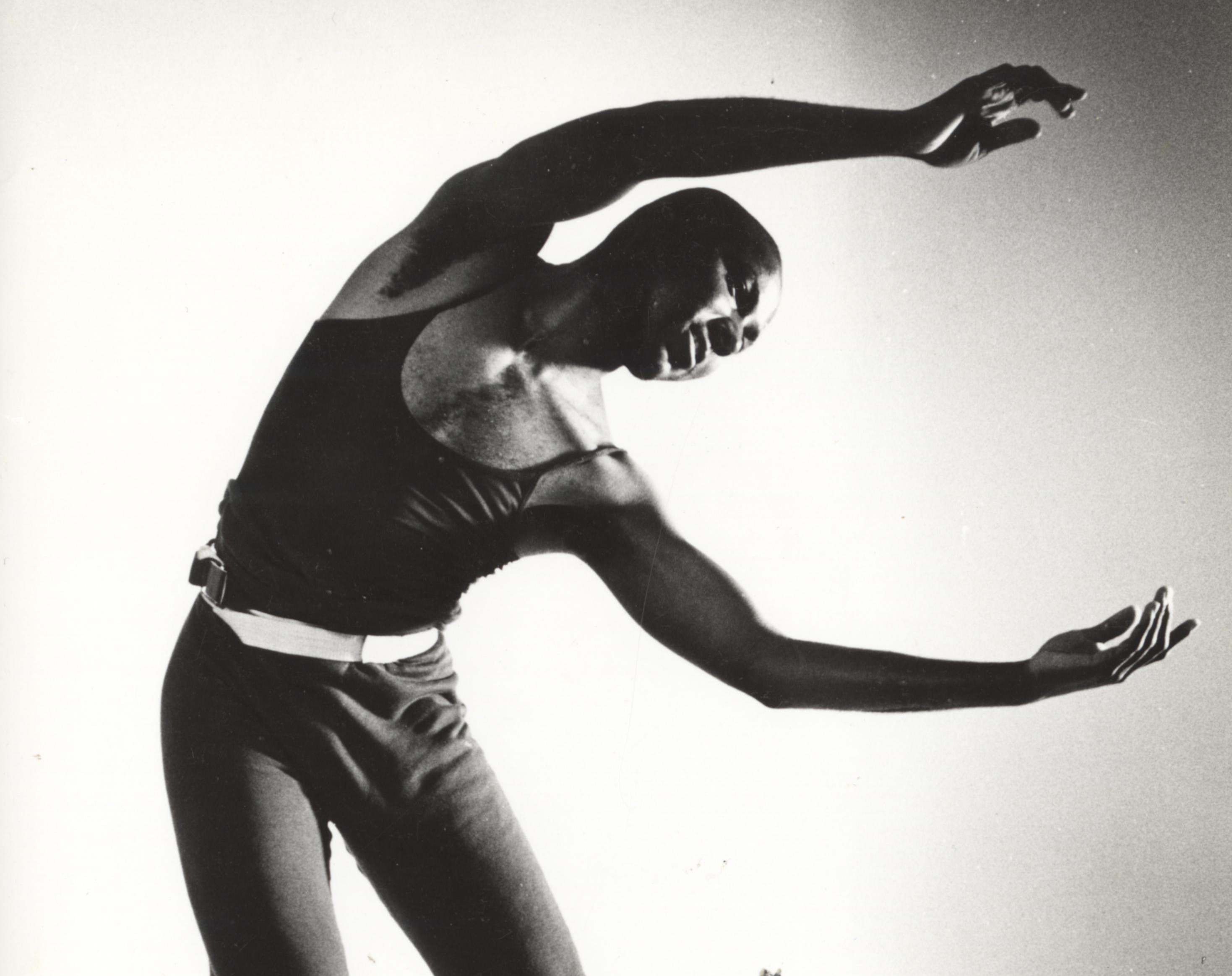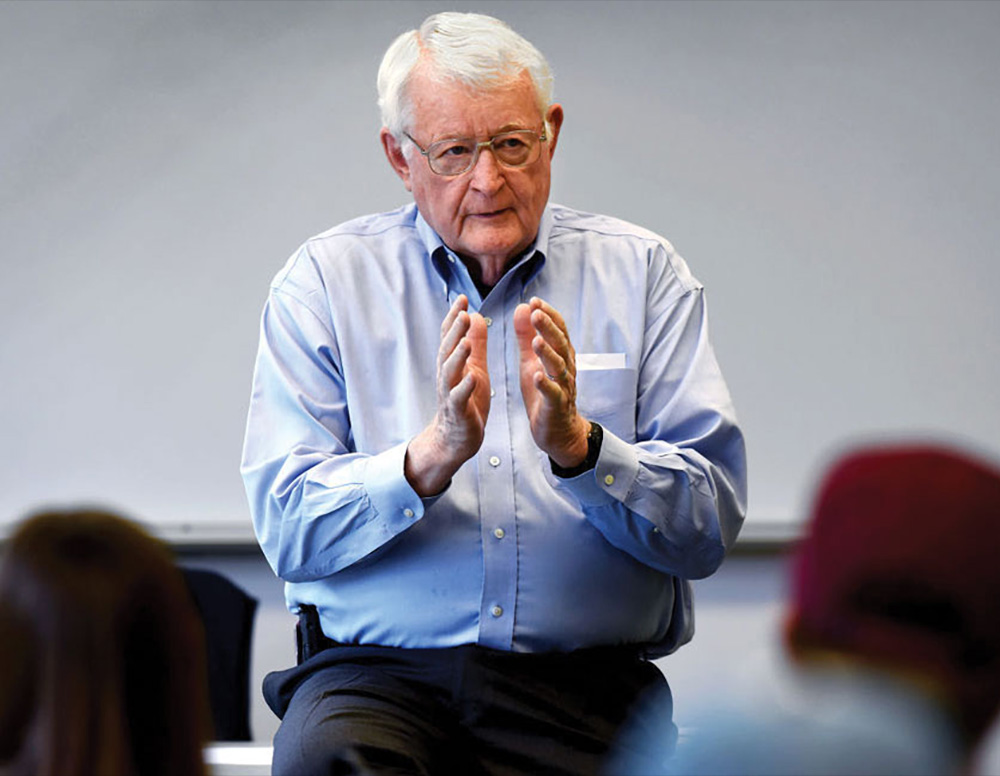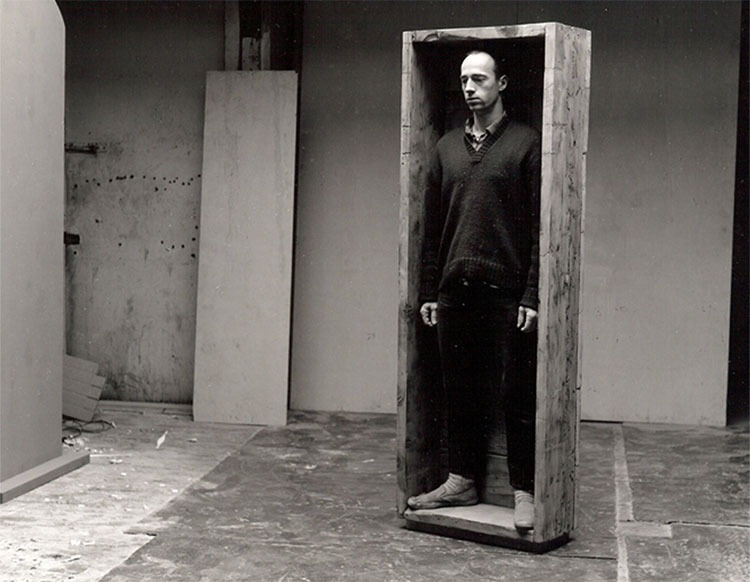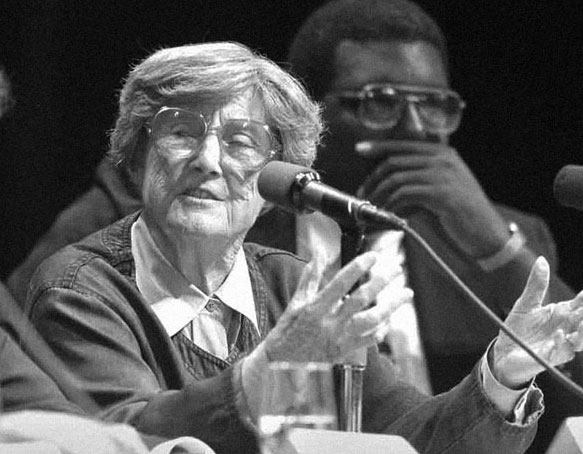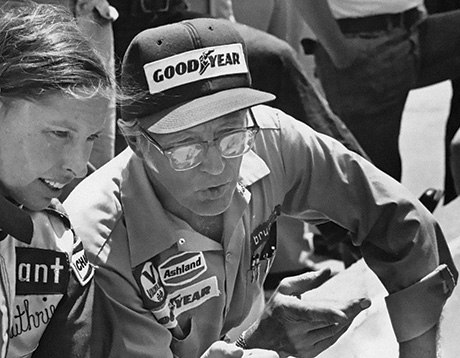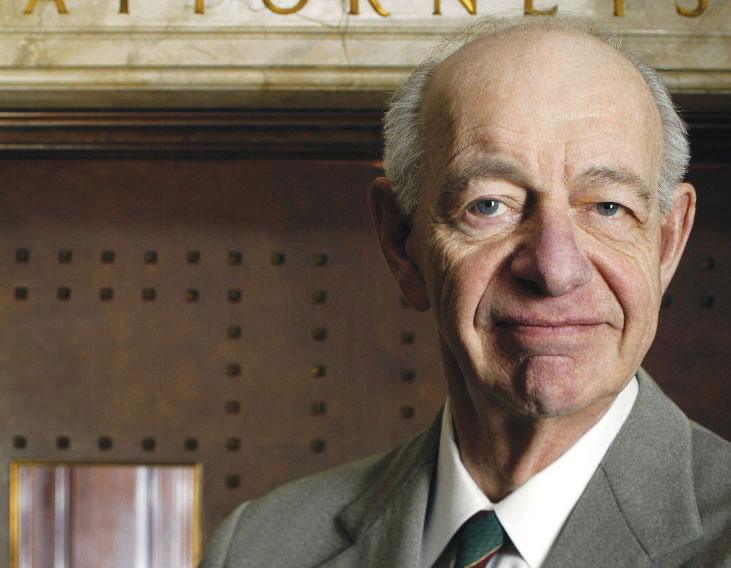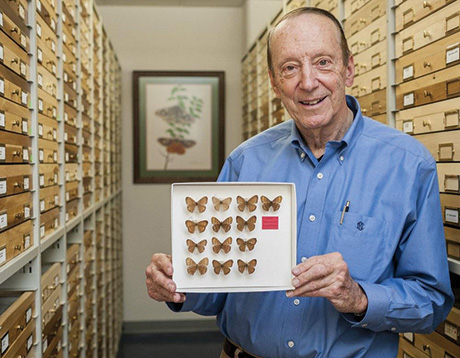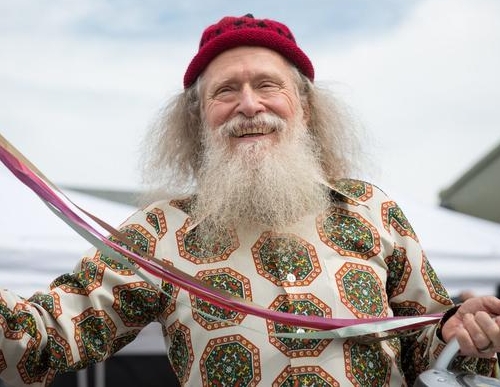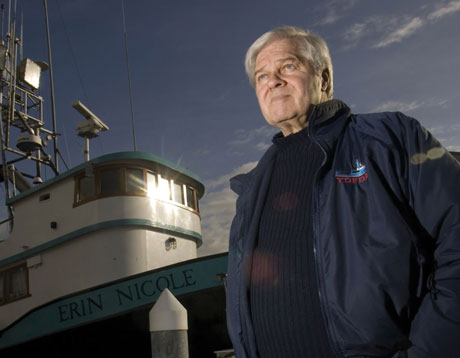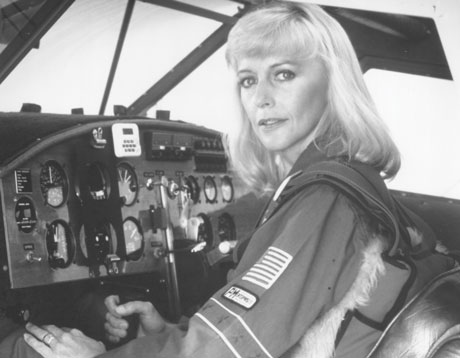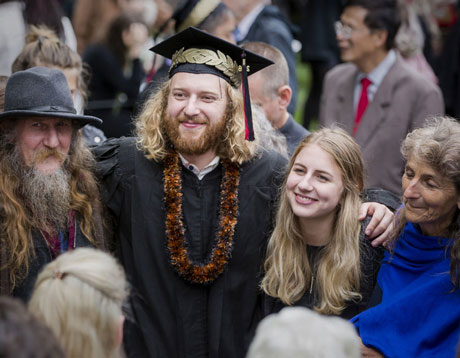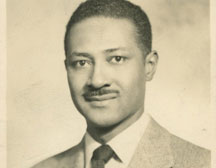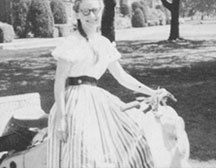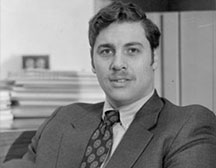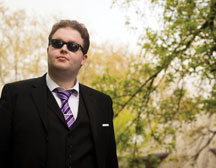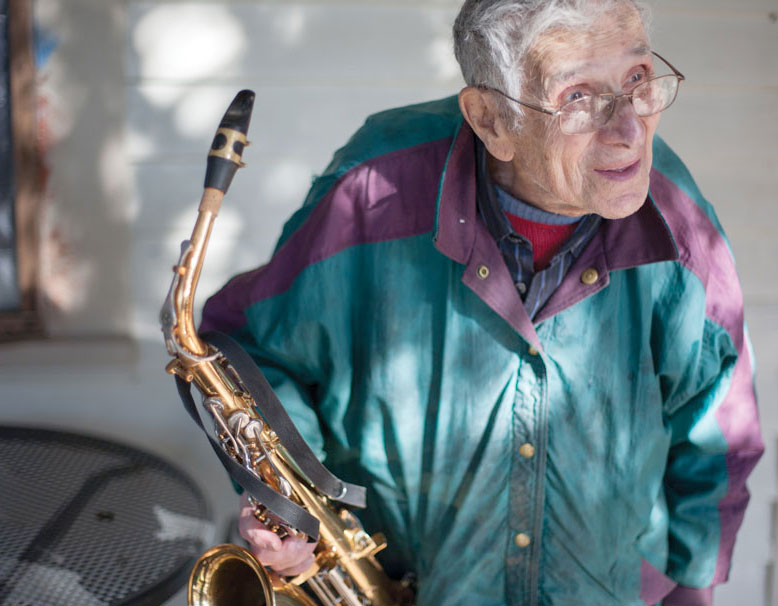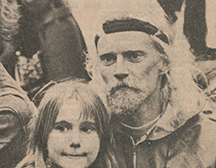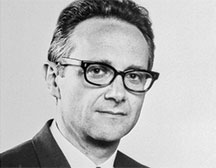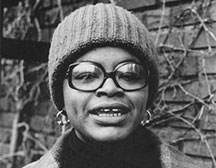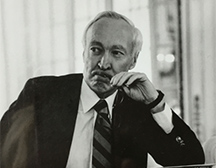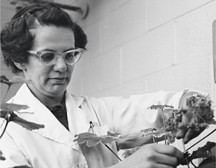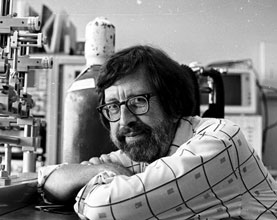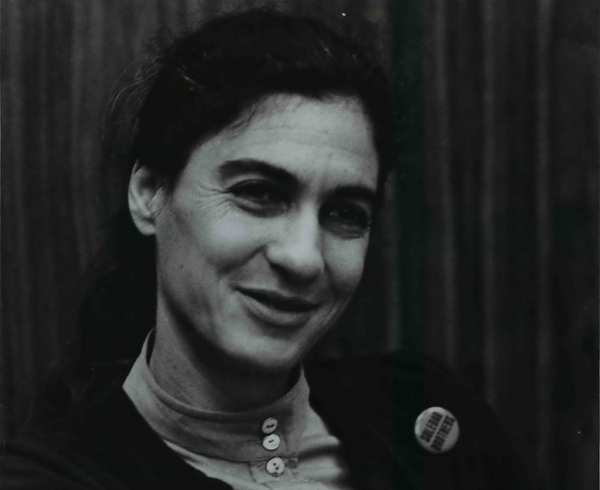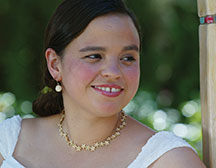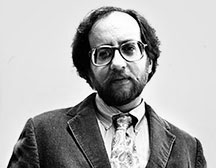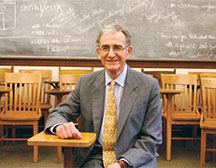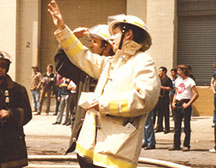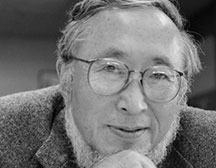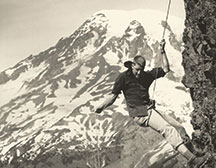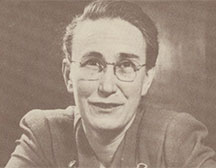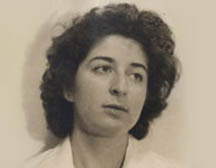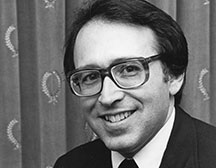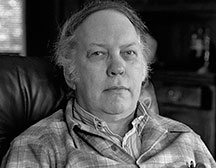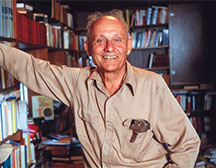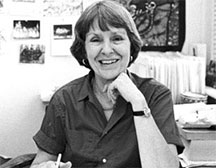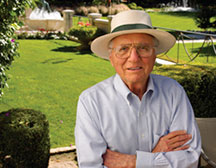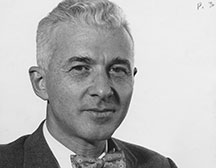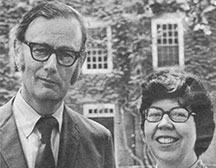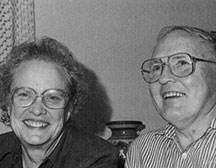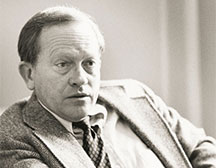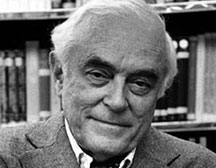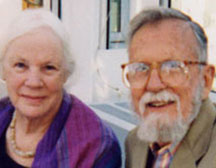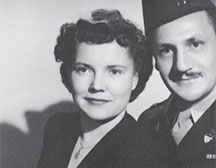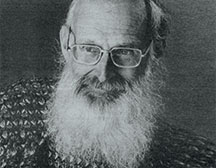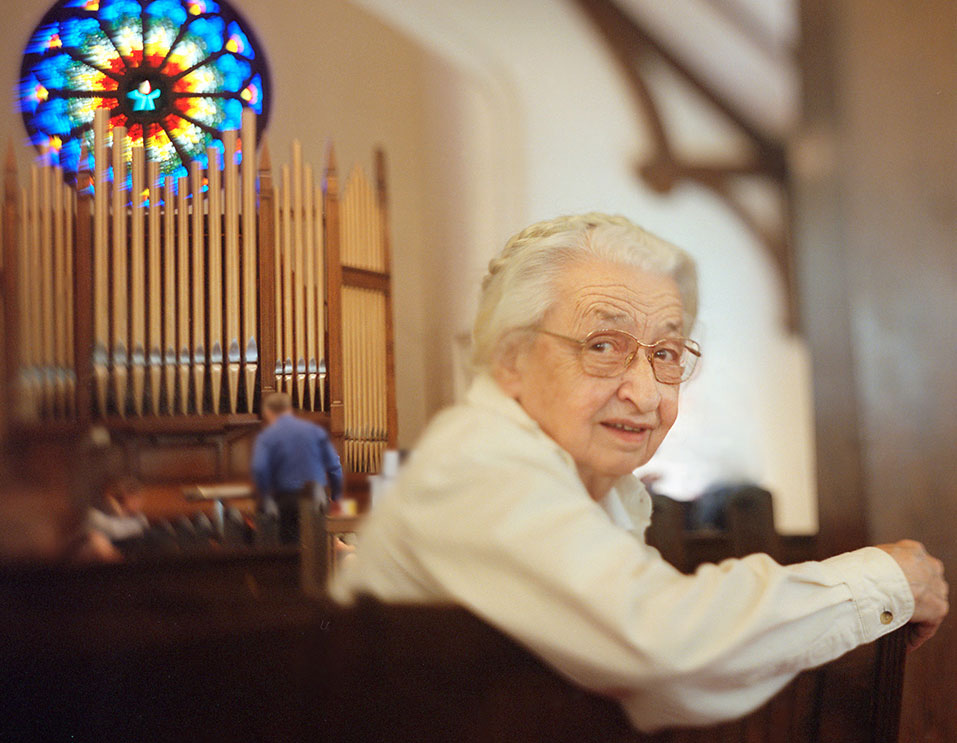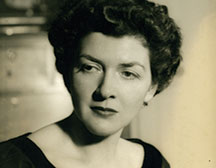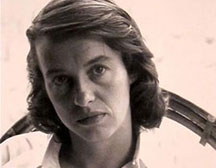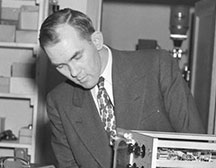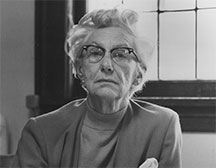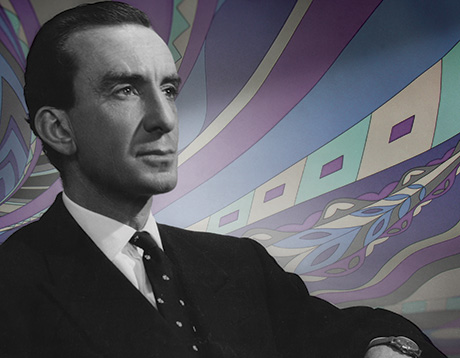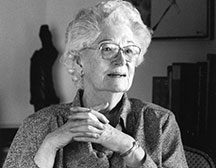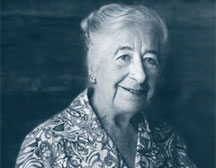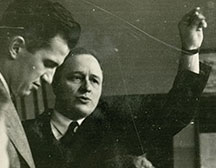David Digby ’57

Born in St. Louis, Missouri, David transferred into Reed as a junior, having served three years in the U.S. Army Signal Corps during the Korean War. He had previously started college at UC Berkeley. At Reed, he wrote his thesis, A Symbolic Representation of Hilbert’s Axioms of Plane Geometry, with Prof. Lloyd Williams [math 1947‑81].
After graduating, he taught high school math for a year and then began graduate school in math at Oregon State University. During this time he kept in touch with Prof. John Hancock [chemistry 1955‑89], who asked him to write a computer program for his research on dodecahedrane, a hydrocarbon that featured 20 carbon atoms in the shape of a dodecahedron (one of the five Platonic solids), with a hydrogen atom bonded to each carbon atom.
“John had been wondering what would happen if some of the hydrogen atoms on this hypothetical molecule were replaced with chlorine atoms, which led to the question: ‘How many different ways are there to do this?’” David remembered.
It would be several years before Reed purchased its first commercial computer, an IBM 1620 installed in the basement of Eliot Hall. So David wrote a program to enumerate the answer on OSU’s gigantic vacuum-tube ALWAC computer, resulting in a printout of 17,000 unique solutions.
This led to another question: “What if I make one of these compounds, and the value I find for it is not on the list?” That called for another program to rotate the value he found into the corresponding one in the list.
The program took only a few seconds to run, but the problem was Reed had no computer.
“John came up with a fiendish idea,” David recalled. “Pinball was then illegal, and the county sheriff had a warehouse full of confiscated machines. He couldn’t sell them, but he could donate them in the name of science. Pinball machines are full of relays, and John suspected we could make a primitive computer out of them.”
David designed and programmed the machine, which Reed students put together. Hancock named it DIMWIT, for Dodecahedrane Isomer Machine with Internal Translation. It took about five minutes to get an answer from DIMWIT, and it was correct only 10% of the time. But it turned out the telephone company was upgrading some of its machinery and was willing to give Reed a few tons of older parts. The telephone relays proved much more reliable than pinball relays, and DIMWIT-II got the correct answer 90% of the time. The quest for dodecahedrane was ultimately completed in 1982 by a team at Ohio State University. But David remained proud of DIMWIT I and II.
He worked as an apprentice electronic engineer at Tektronix in Beaverton, Oregon, and then taught high school mathematics in Rochester, Washington. In the mid-’60s, he was an instructor in mathematics and computer science at Oregon State University. By 1966, he was a senior development engineer at Goodyear Aerospace Corp. in Akron, Ohio. He wrote CPU microcode for a new computer at Scientific Controls in Dallas, Texas; worked on the software design team at Lockheed Electronics; and from 1971–1985 was a computer hardware architect for Martin Marietta Aerospace in Orlando, Florida. He went on to become principal design and development engineer at Honeywell Avionics.
David decided to return to a long-term interest in molecular genetics. (Thirty years before, he had crossbred coat color and varieties in the flock of hamsters his first wife was selling to pet stores.) In 1996, at the age of 66, David received his PhD in genetics and molecular biology from Emory University in Atlanta. He worked at Clark Atlanta University for 10 years and then taught biology online.
After David retired in his eighties, he spent his time doing genealogy research and writing. He was a member of the Atlanta Writers Club and Genealogy Study Group. A member of MENSA, he loved photography and traveling.
During his college years, David discovered a love of international folk dance, which branched out to English country and contra dance. Wherever he moved or traveled to, he connected with dancers. He was a founding member of the Florida Folk Dance Council and in 1971 founded a folk dance troupe in Orlando, which still thrives. He met his wife, Dorothy Wallace Archer, at an English country dance in 1989, and married her after an engagement of more than 14 years.
She survives him, as do his three children by his first wife, Katharine Kibler: Michael Digby, Carolyn Conahan ’83, and Barbara McKinney; his sister, Marge Zylstra, and his brother, Bob Digby. David donated his body to science at Emory University School of Medicine.
Appeared in Reed magazine: December 2016
comments powered by Disqus
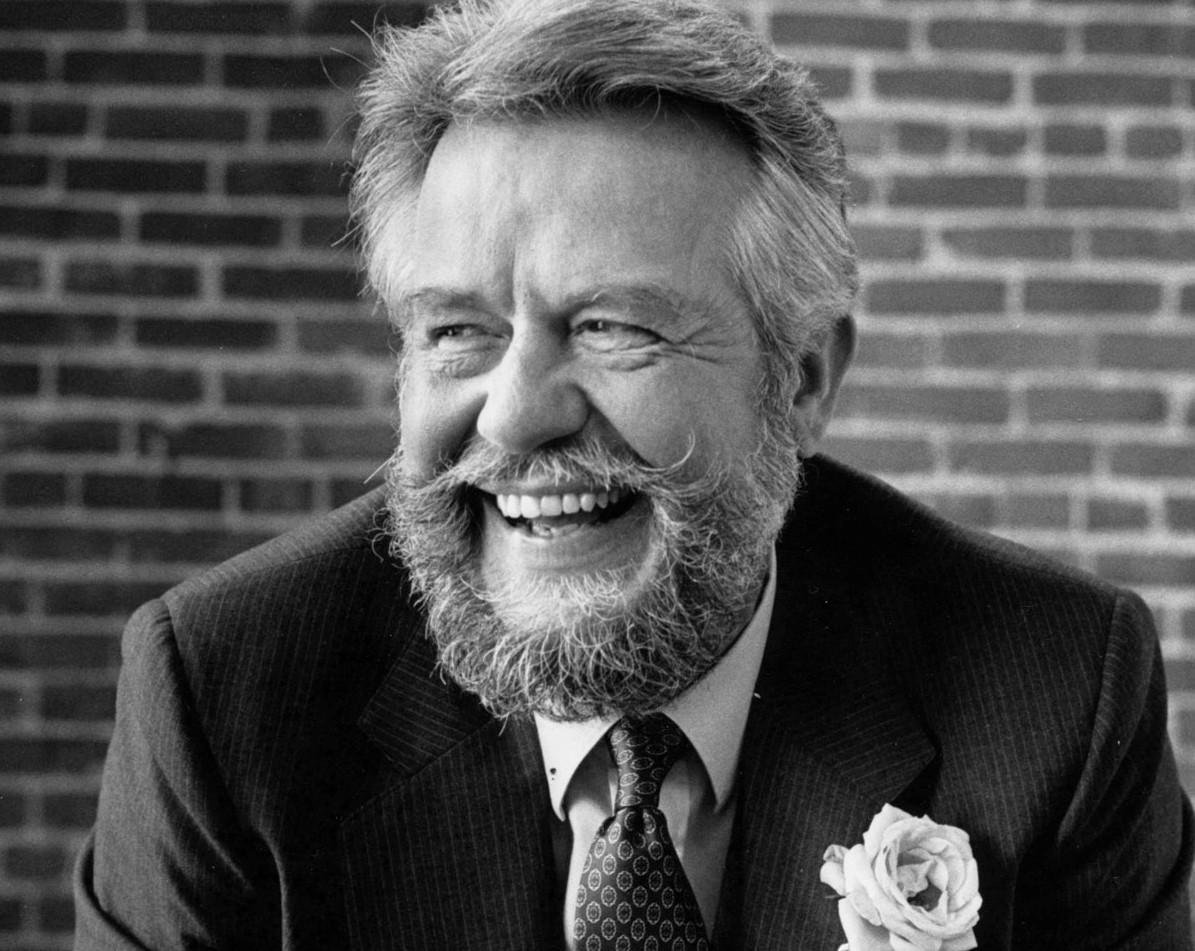
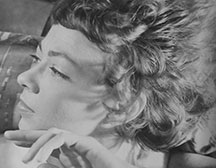
![Photo of Prof. Marvin Levich [philosophy 1953–94]](https://www.reed.edu/reed-magazine/in-memoriam/assets/images/2022/LTL-levich1.jpg)
![Photo of President Paul E. Bragdon [1971–88]](https://www.reed.edu/reed-magazine/in-memoriam/assets/images/2020/Bragdon.jpg)
![Photo of Prof. Edward Barton Segel [history 1973–2011]](https://www.reed.edu/reed-magazine/in-memoriam/assets/images/2020/Segel.jpg)
